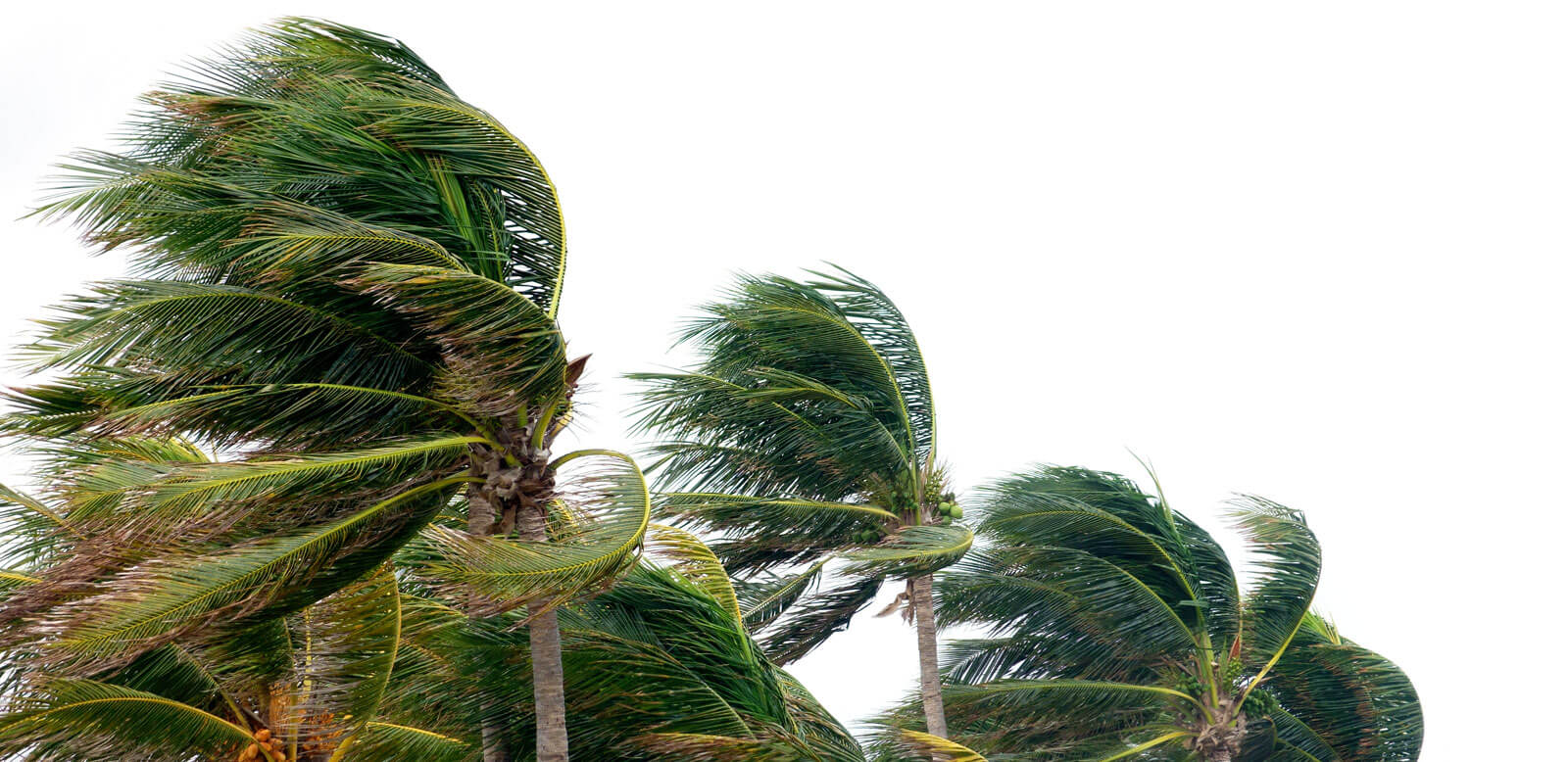
Prepare and protect your home from hurricane damage
May 4, 2021 — Disaster insights | Homeowner insights
Mother Nature is a force to be reckoned with, and nothing highlights this more than hurricane season. Fortunately, with advance warning systems and forecasting ability, we’re able to predict and prepare for many of the storms that make landfall.
Your home is not only one of your greatest assets but also your haven — your place of refuge and shelter. During hurricane season, you can take steps to prepare your home so it remains a place to make memories and protect you long after the storm passes.
Inside and out, you can take the necessary measures to minimize damage and mitigate any loss before a hurricane arrives.
Properly insure your property
Having the right homeowners insurance policy and any riders or endorsements in place is the first step to protecting your greatest asset. As hurricane season approaches, review your policy. Ensure you have coverages that will enable you to restore your home and belongings if a hurricane were to cause damage. Remember, during an active storm, many companies are unable to write new policies. If you need to make changes or adjustments, don’t put it off. It’s also a good idea to create a document folder where you keep important insurance paperwork so you can take it with you should you need to evacuate. And educate yourself on filing a claim should you need to. Once your insurance is in place, you can begin thinking about other practical steps.
Reinforce windows and doors
Openings to your home are the most vulnerable areas of your home during hurricanes. They are also the entry point for damage within your house. Adding hurricane storm shutters to your windows and ensuring they are correctly installed (mounted to the wall, not the window frame) is something you can do anytime. Then when you need to protect your windows from wind and debris, they’ll be right there, ready to do the job. If you don’t have storm shutters, stock up on plywood to board up your windows and doors. But do not wait. When storms are imminent, hardware stores can’t keep plywood in stock. Shutters and plywood won’t stop water. Be sure to check the seals on all your windows and doors and repair any leaks or cracks to prevent water from entering.
If or when you need to replace windows or doors on your home, consider impact-resistant options. While they will be more expensive, they provide more protection. Don’t forget about your garage. You want to be sure your vehicles are protected, and garage doors are likely your largest and most susceptible openings. Reinforce your garage doors or opt for impact-resistant ones as well.
Inspect and strengthen your roof
Shingles that are cracking or curling, or otherwise show signs of wear, will not be adequate to handle a hurricane. It’s a good idea to have someone inspect your roof periodically to ensure that everything is in proper shape. When it’s time to replace your roof, consider impact-resistant storm shingles.
Beyond keeping your shingles in good repair, the construction of the roof is also relevant. An expert can make sure your roof trusses are securely braced and install metal roof straps if necessary. Category 3 and 4 hurricanes can produce winds between 100 and 150 mph. Traditionally constructed roofs can struggle to contend with such force.
Remove debris and secure items
From trees and patio furniture to decorative items, things outside your home that aren’t secure will become hazards to your home during a hurricane. Regularly check your trees and shrubs and keep them trimmed and free from dead branches that can become airborne and dangerous in any storm, especially a hurricane. Patio furniture, pots and other exterior fixtures need to be secured or brought inside. Have a plan for how you’ll handle these types of items long before you need to worry about it.
Keep your drains and gutters clear. During a storm, you want to help water flow freely away from your home. This is wise to do for regular storms that cause backup and damage, but even more important when massive amounts of water are being thrown around during a hurricane.
Protect your interior
Preparing your interior is as necessary as fortifying your exterior. To minimize damage inside your home, here are some additional steps to take.
Before the storm – Familiarize yourself and other adults in your home with where and how to turn off your water and power. Your home’s main water valve can often be found on a perimeter wall adjacent to your water meter. Know where yours is and be comfortable turning it off. Turning it off during a storm can help prevent flooding from broken pipes. It’s also a good idea to know how to turn off the electricity at your main electrical panel and where to shut off the gas on any appliances. (Only a professional should turn off your main gas line.)
When the storm is imminent – Flooding is a concern with hurricanes. Move important items off the floor. If you must evacuate, unplug everything, especially major appliances. When power is lost and then restored, surges can occur and damage appliances. Additionally, flooded rooms can conduct electricity from appliances. Entering unaware can be fatal. Take every precaution you can to prevent damage and protect yourself, loved ones and first responders. Also, close all interior doors before evacuating your home. By doing so, the Insurance Institute for Business and Home Safety (IBHS) found that you will reduce the extra load on the roof by 30 percent if and when door and window openings are breached.1
Being meticulous and thoughtful about your regular home maintenance will go a long way to helping prevent damage and mitigate loss in the event of a hurricane. Educate yourself, take precautions and properly prepare yourself and your home. Then safely wait for the storm to pass knowing you are financially protected and can restore your home and belongings if the worst happens.
